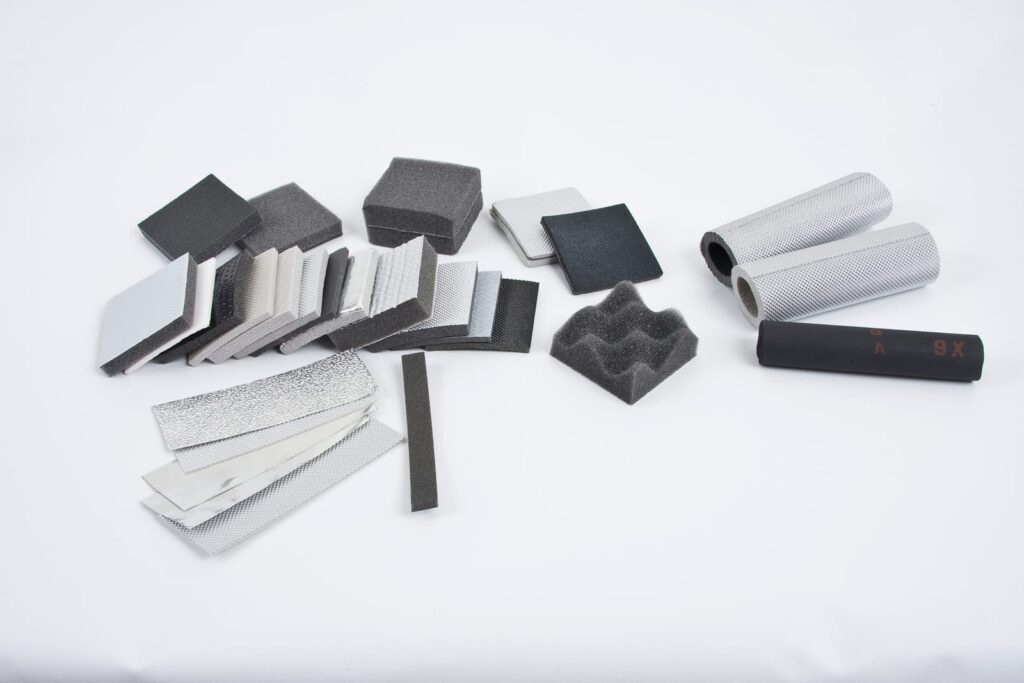When considering buying a spa pool or swim spa, one critical factor that buyers should prioritise is insulation. Insulation in spa pools is not just about energy efficiency it’s essential for maintaining water temperature, reducing energy consumption, and enhancing overall user comfort.
Spa pool insulation comes in various forms, each designed to prevent heat loss and maintain a consistent temperature, ensuring that the spa operates efficiently year-round.
Common Types of Insulation in Spa Pools
Most modern spa pools come with some form of multi-layer insulation to ensure energy efficiency. Here’s a closer look at the most common types of insulation found in spa pools:
High-Density Foam Around the Shell
A popular choice in spa pool insulation, high-density foam is often applied to the spa’s shell. This foam acts as a thermal barrier, reducing the amount of heat that escapes through the spa’s walls. By minimising heat loss, the water stays warm for longer, requiring less energy to maintain the desired temperature. This type of insulation is lightweight yet effective, making it a top choice for many manufacturers.

Thick Reflective Foil Insulation
Another common insulation method involves the use of thick reflective foil, often placed around the spa cabinet. The foil acts as a reflective barrier, trapping heat inside the spa while deflecting cold air away. This helps to reduce the energy required to keep the water warm, providing a more energy-efficient experience. Bubble foil insulation is one of the more efficient and cost-effective insulation options available.

Foam-Insulated Base
The base of the spa pool can be a significant point of heat loss. Many spa pools feature foam insulation at the base to combat this issue. This not only helps retain heat but also prevents ground temperatures from affecting the water inside the spa. An insulated base contributes to the overall stability of the spa while boosting its thermal efficiency.
Insulated Spa Covers
These covers are essential for retaining heat when the spa is not in use. Insulated, lockable hardcovers are particularly effective at keeping the heat inside, preventing energy loss through evaporation and exposure to the elements. A well-insulated cover ensures that the spa is always ready for use while also lowering energy consumption by reducing the need to reheat the water, making it a key component of an energy-efficient spa pool.

Additional Insulation Features
Many spa manufacturers incorporate additional measures to further improve energy efficiency. Some of these include:
- Full Foam Insulation: Some spa pools are fully insulated with foam that fills the entire cavity between the spa shell and cabinet. This comprehensive insulation prevents heat from escaping and makes the spa more energy-efficient. While this method adds weight to the spa, it offers maximum thermal protection.
- Perimeter Insulation: This technique insulates the outer perimeter of the spa, leaving the central area uninsulated. Although not as thermally efficient as full foam, it still provides a cost-effective way to trap heat and keep the spa’s operating costs low.
- Thermal Blankets: Some spa pool models include thermal blankets, which float on the water’s surface when the spa is not in use. These blankets help to trap heat and reduce evaporation, further conserving energy.
The Importance of Insulation in Spa Pools for Sale
Proper insulation plays a crucial role in reducing the energy consumption of a spa pool. Without it, heat loss would require the heater to work harder to maintain the desired water temperature, leading to higher electricity bills.
Well-insulated spa pools are designed to trap heat efficiently, ensuring that the water stays warm longer while minimising the need for reheating. This not only enhances comfort but also saves you money on your energy bills, making it a smart investment.
For those considering spa pools for sale, checking the level of insulation should be a top priority. The right insulation ensures that the spa will be energy-efficient, cost-effective, and comfortable to use throughout the year.
Energy Savings and Comfort
Insulated spa pools provide significant benefits, both in terms of comfort and cost savings. By preventing heat loss, an insulated spa can maintain a consistent temperature with less effort, allowing owners to enjoy a relaxing soak without worrying about skyrocketing energy bills.
Additionally, effective insulation protects the spa’s components, reducing wear and tear on the heating system and extending the life of the spa.
Ultimately, choosing a well-insulated spa pool is an investment in both comfort and energy efficiency. It’s a decision that will continue to pay off in the long run, making it a smart and secure choice for any buyer exploring spa pools for sale.




